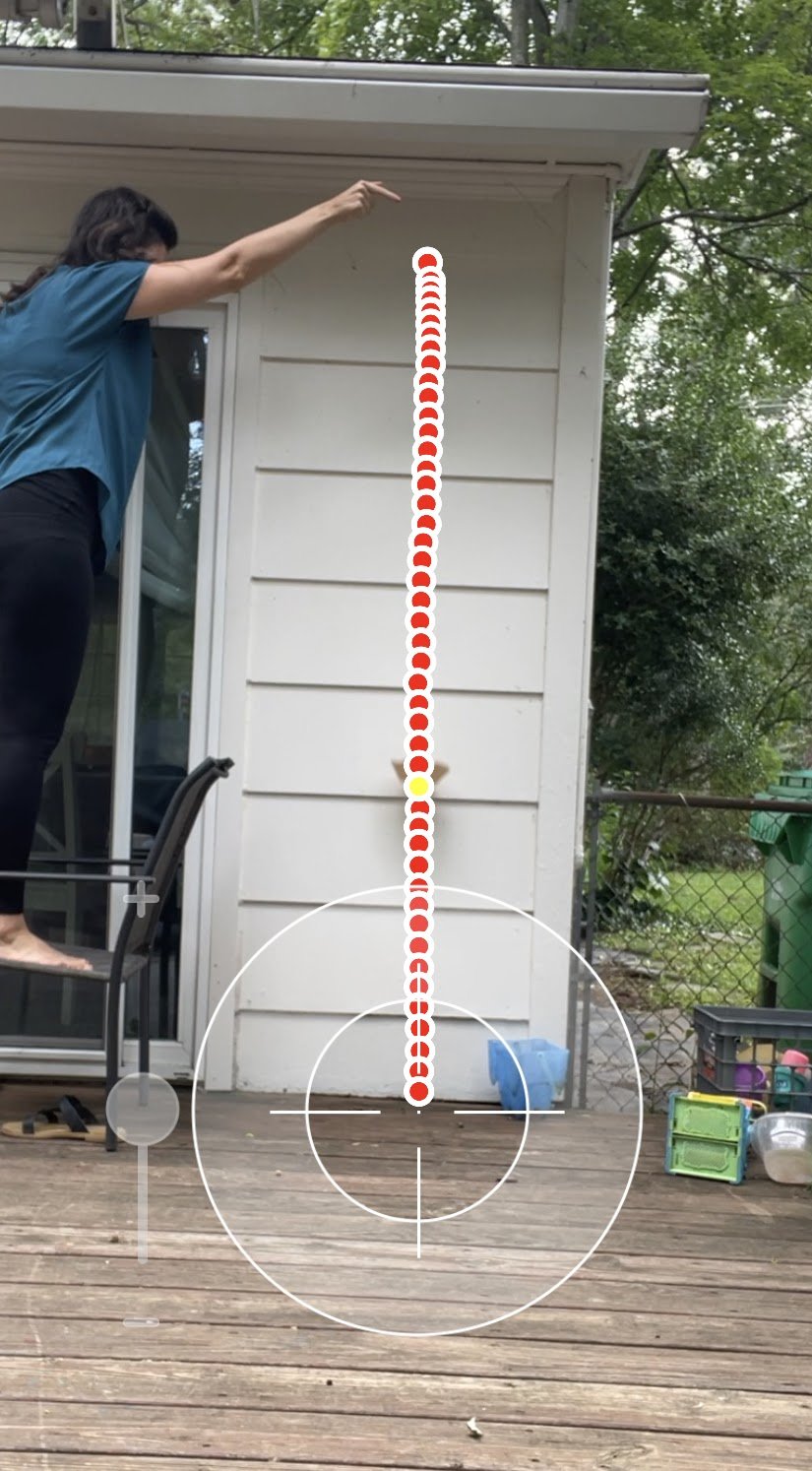Coffee Filter Parachute Lab: Part 2
Part 1: Explore the concept of terminal velocity with analysis of a falling coffee filter.
Part 2: Compare three parachute designs and make evidence based claims for multiple stakeholders who want specialty parachutes for skydiving, hangliding, and military use.
Background
People use specialized parachutes for different situations. Skydivers, gliders, and the military all use parachutes to slow a fall from extremely high heights, but each of these stakeholders has slightly different needs when it comes to how the parachute slows that fall.
All falling objects (including a human body wearing a parachute) will accelerate until they reach terminal velocity. This terminal velocity is the maximum speed (velocity) achieved by an object as it falls through a fluid (or air in this case). It occurs when the downward force of gravity is equal to the drag force. At the point where the speed of the falling parachutist is no longer increasing, the acceleration has reached zero and the parachuter is said to have reached terminal velocity. For the three parachute uses mentioned above, the desired terminal velocity varies according to the use.
Skydivers: People want to have fun in the air without the parachute, but because most recreational skydivers aren’t trained to land at high rates of speed, the parachute needs to slow them down to a very safe landing velocity.
Hangliding: The point is to hang out in the air as long as possible, enjoying the views! Slow and relaxed is the vibe of this sport.
Military: Soldiers are trying to get to the ground as quickly as possible to avoid detection in the air, while still slowing their fall enough for a safe landing. They are physically trained on how to land, so can handle a bigger impact than those untrained.
Your job is to recommend a specific parachute type to each stakeholder, providing evidence for why that parachute is best for them and their specific needs.
In part 1, you will investigate the motion of a model parachute by looking at data of the drop with a single, unmodified, coffee-filter parachute .
In part 2, you will investigate data for three different parachute prototype models, and make a recommendation to each stakeholder based on evidence.
This dataset and activity contain distance, time and velocity values for a falling coffee filter. Hover on the blue circles with the letter 'i' in the column headers below to see the variables defined. This activity can be used to learn about terminal velocity, acceleration, and motion graphs in the context of a physics or physical science class.
Dataset
A simple model of a parachute (inverted coffee filter) was dropped from a height of 265cm (2.65m). The free Video Physics by Vernier video analysis tool was used to track the location of the falling parachute every 0.3 seconds.
Variables:
Time (s) - This numeric variable is the time elapsed from the parachute release time. Measured in seconds.
Distance (cm) - This numeric variable is the vertical distance of the coffee filter from the ground. Distance = 0 is on the ground. Measured in centimeters.
Velocity (cm/s) - This numeric variable measures how fast the coffee filter is moving towards the ground at a given point. Measured in centimeters per second.
Terminal Velocity? - This categorical variable is meant to record whether or not the parachuter has reached terminal velocity at any given point. The value of “n” = not yet reached terminal velocity and the value of “y” = terminal velocity has been reached.
Activity
Use the Graph tab to create a distance vs. time graph by showing Distance on the y-axis and Time on the x-axis. Show the Number of Slits (Categorical) on the z axis to differentiate between parachutes. What are some things you notice about the three different lines on the graph?
2. What are the X and Y intercepts for each line. Discuss the significance of the y-intercept and the x-intercepts of each parachute. Helpful tool hint: You can add regression lines and get the intercepts reported like this.
3. Which parachute do you recommend to each of your three stakeholders? Provide your claim, evidence, and reasoning for each recommendation. Paste in your graph to this document as part of your evidence.



